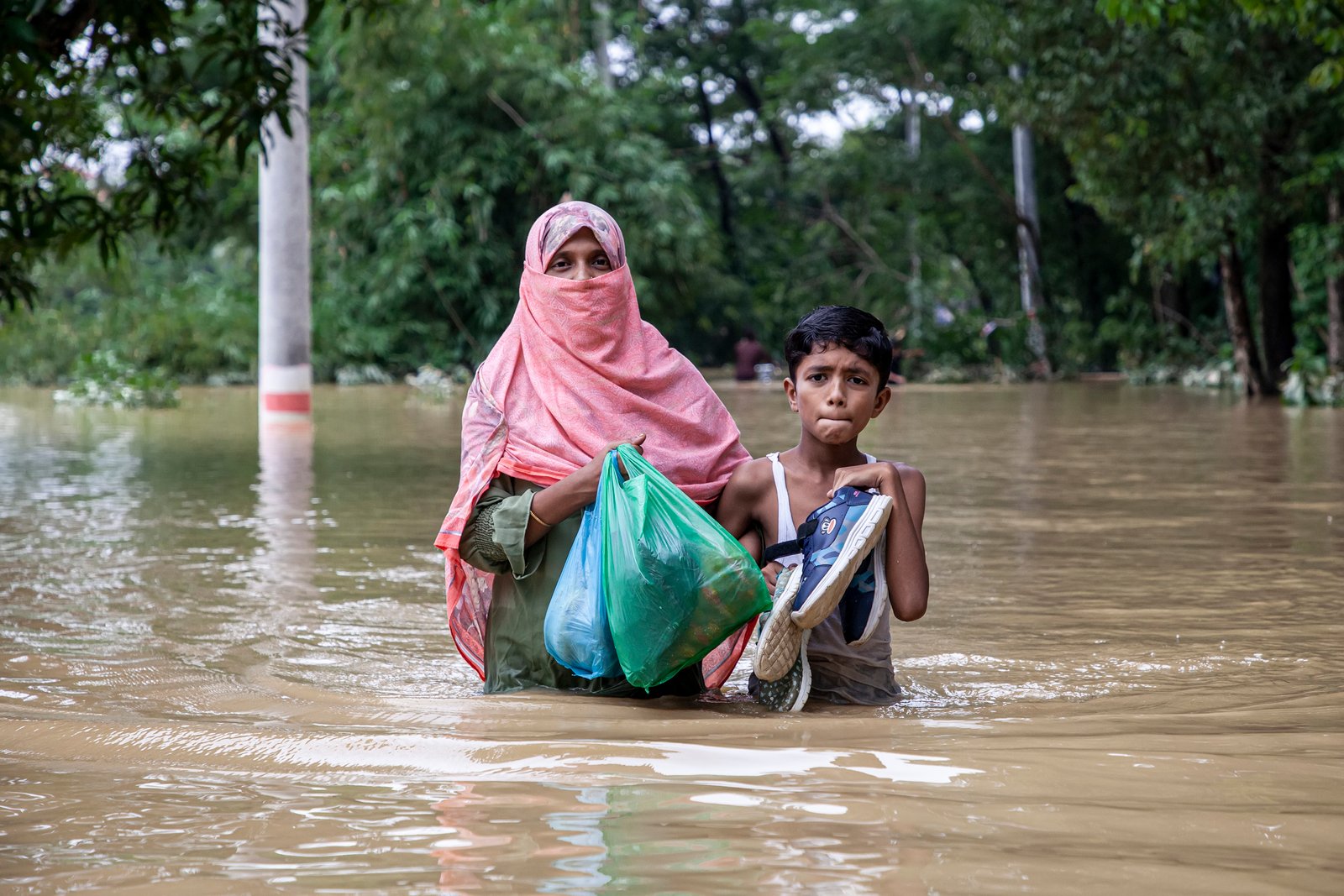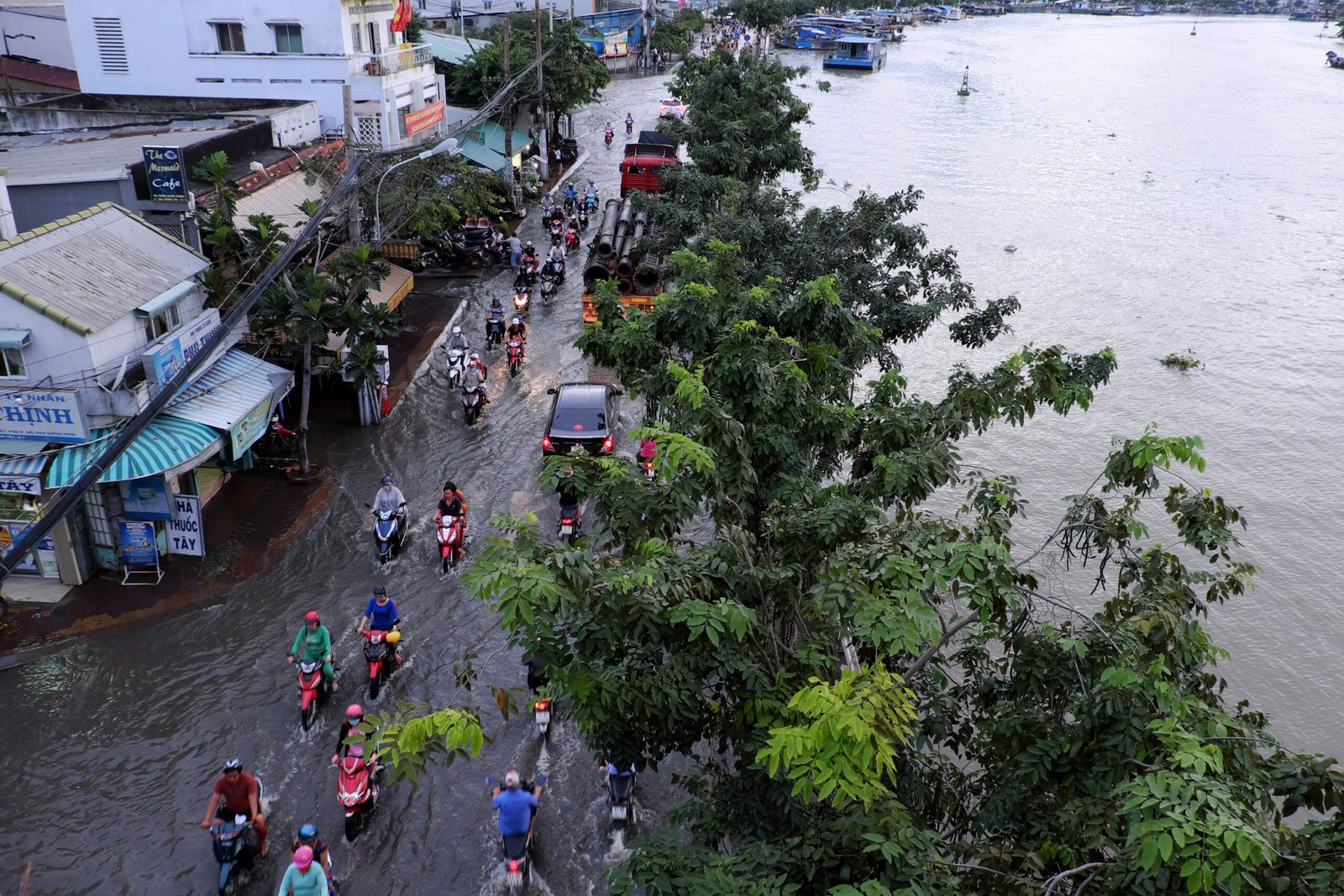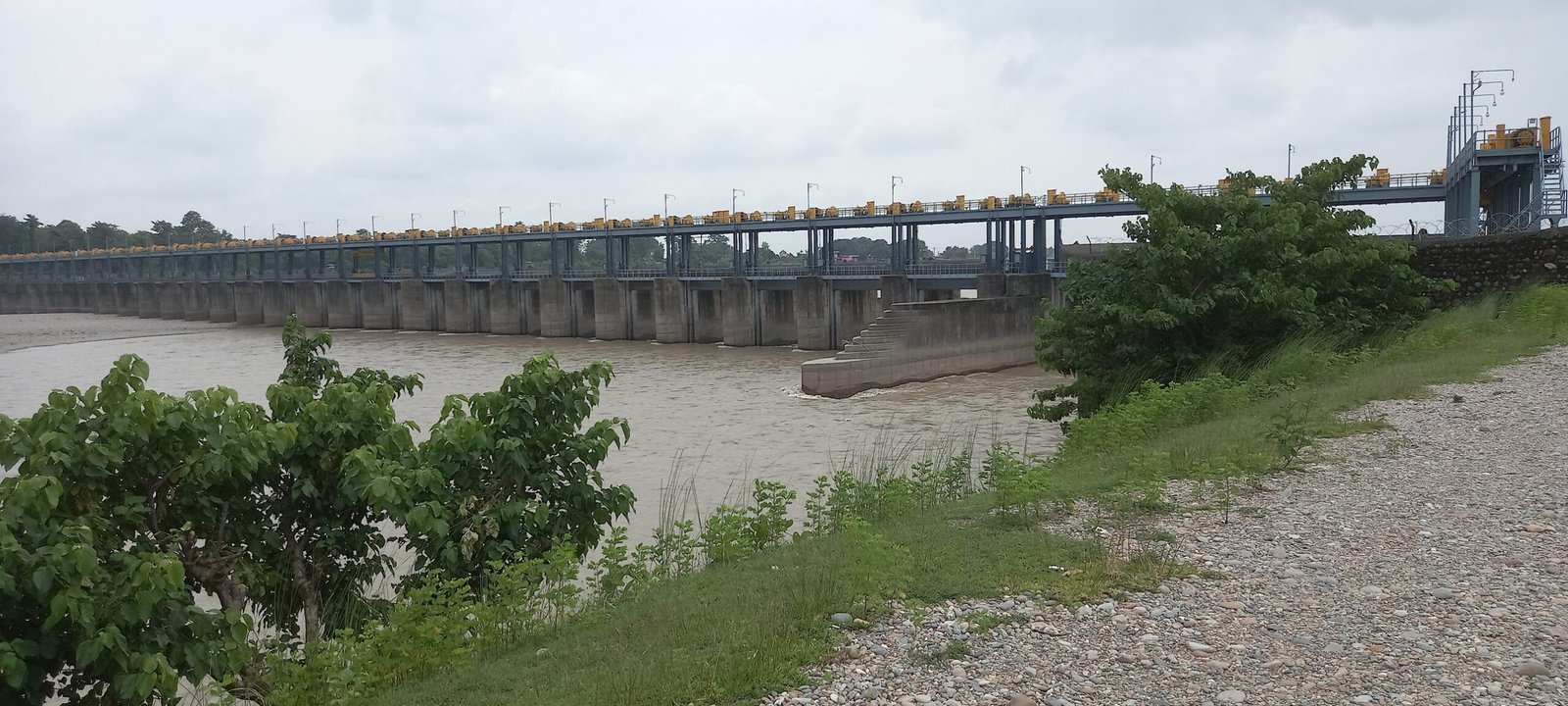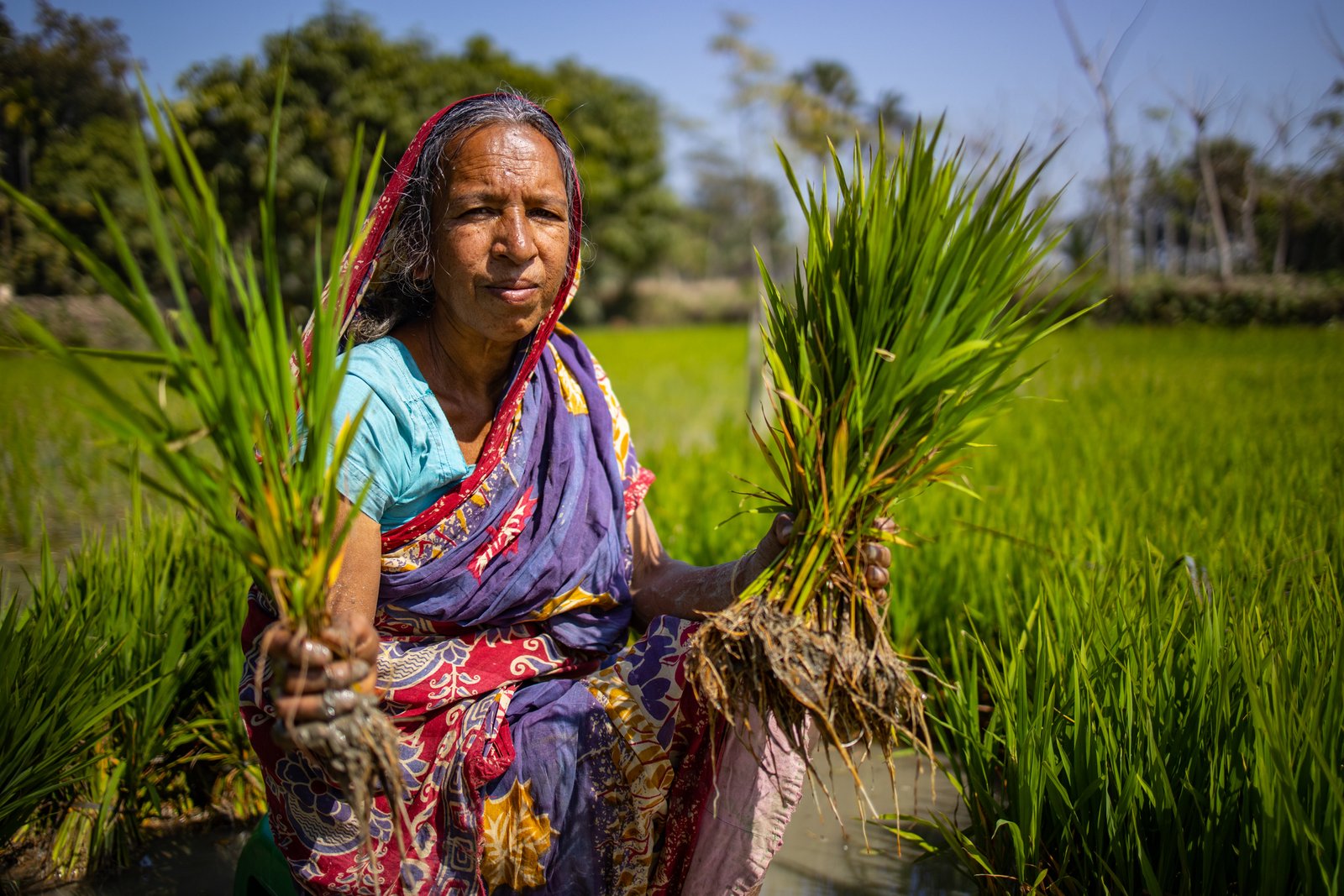For effective and equitable climate resilience, we must bring diverse voices and perspectives – from citizens, businesses, policymakers, and researchers – into climate change strategies. This blog explains why.
Climate change is one of the most pressing challenges of our time. It has an impact on every aspect of our lives – from health and food security to housing, safety, and work. Vulnerable populations, especially in small island nations and developing countries, face severe consequences, including rising sea levels, saltwater intrusion, and prolonged droughts, which are increasing the risk of famine and displacing entire communities. As weather-related events intensify, the number of people displaced by these events is expected to rise dramatically.
To address these impacts, participation in climate resilience is crucial. When climate policies are crafted without broad participation, the results can be disastrous. History has shown that top-down approaches often overlook the needs and knowledge of vulnerable communities and lead to policies that fail to protect those most at risk. For example, indigenous voices have been ignored, resulting in disasters, while marginalized communities are left less prepared for extreme events.
Non-participatory strategies not only miss out on vital local insights but also increase the likelihood of policy failure, exacerbate the impacts of climate change, and deepen inequalities.
The importance of participation in climate resilience
Participation in climate resilience involves the active engagement of all stakeholders, including citizens, businesses, policymakers, and researchers, in planning and implementing strategies to mitigate and adapt to climate change. This inclusive approach ensures that diverse perspectives and voices are considered and leads to more effective and equitable adaptation strategies.

Participation fosters inclusive and democratic decision-making processes. By involving a wide range of stakeholders, from local communities to scientific experts, policies can address the varied needs and vulnerabilities of different groups. This inclusivity is essential for developing strategies that are not only effective but also socially just.
Engaging stakeholders and citizens in the decision-making process enhances the legitimacy of policies. When people feel they have a say in the measures that affect them, their sense of ownership and commitment to these measures increases, leading to better implementation and compliance.
Participation helps build the adaptive capacity of communities by raising awareness and providing education on climate risks and adaptation measures. This empowerment enables communities to take proactive steps to mitigate the impacts of climate change.
How participation can help
Participation can significantly contribute to climate resilience in various ways.

Climate resilience strategies are changing how we live, including housing and daily habits. For instance, communities involved in planning flood defenses or heat action plans are better prepared for extreme weather events. Participatory approaches in urban planning can help ensure that the voices and needs of local communities are accounted for in the development of green infrastructure, such as parks and wetlands, which provide natural flood protection and improve urban resilience.
The involvement of businesses in climate resilience efforts is crucial. Sustainable business practices, driven by stakeholder engagement, can lead to innovations that reduce carbon footprints and enhance sustainability. For example, businesses can collaborate with local governments to develop sustainable supply chains and invest in renewable energy projects.
Education and youth engagement are vital for building long-term climate resilience. Schools and educational programs that include climate education and participatory projects can empower the next generation to take informed actions. Youth engagement in climate advocacy can also drive policy changes and community actions.
Volunteerism and community service play a significant role in building climate resilience. Community-led initiatives, such as tree planting or coastal clean-ups, foster a sense of collective responsibility and contribute to local climate adaptation efforts.
Building inclusive cities and institutions that promote equity and accessibility is fundamental to climate resilience. Participatory urban planning that involves marginalized communities ensures that the needs of the most vulnerable are addressed and leads to more resilient and equitable cities.
Research insights on participation in climate resilience
Research underscores the importance of participatory approaches in climate resilience. For example, the Adaptation AGORA project, part of the EU-funded Horizon Europe initiative, highlights the role of citizen engagement in co-creating adaptation solutions. The project’s analysis of participatory elements in climate adaptation policies reveals that inclusive decision-making processes lead to more effective and equitable strategies.
Moreover, studies have shown that policies developed with stakeholder participation are more likely to be accepted and supported by the community. This is particularly important in climate adaptation, where local knowledge and community buy-in are crucial for successful implementation.
Challenges and opportunities
While participatory approaches offer numerous benefits, they also present challenges. Ensuring meaningful participation can be resource-intensive and time-consuming. It requires sustained efforts to engage and educate stakeholders, especially in marginalized communities. Additionally, there may be resistance to change.
However, these challenges also present opportunities. The integration of digital tools and platforms can facilitate wider and more efficient stakeholder engagement. Innovative approaches, such as citizen assemblies and participatory budgeting, can empower communities to take active roles in climate adaptation.
Evidence of the impact of participatory approaches
In Nepal, the Community Forestry Program engaged local communities in forest management, which led to better conservation outcomes and improved livelihoods. Forest cover in Nepal increased from 39.6% in 1994 to 44.7% in 2014, largely due to community participation in forest management.
Another example of community involvement in climate change adaptation comes from Northern Ghana, where local communities are encouraged to actively participate in defining their vulnerabilities and capacities. This participatory approach allows community members to express their views on the desired processes and outcomes of climate adaptation initiatives and fosters a sense of ownership and empowerment.
A sustainable future for all
Participation in climate resilience is not just beneficial – it is essential. As climate change continues to pose significant threats, fostering inclusive participation will be key to building resilient communities and securing a sustainable future for all.
Participating in climate resilience efforts not only helps mitigate the impacts of climate change but also empowers communities, builds trust, and fosters innovation. As we move forward, let us embrace the power of participation. Researchers, policymakers, and practitioners must continue to advocate for and implement participatory approaches to ensure that every voice is heard and every community is prepared for the challenges ahead.






